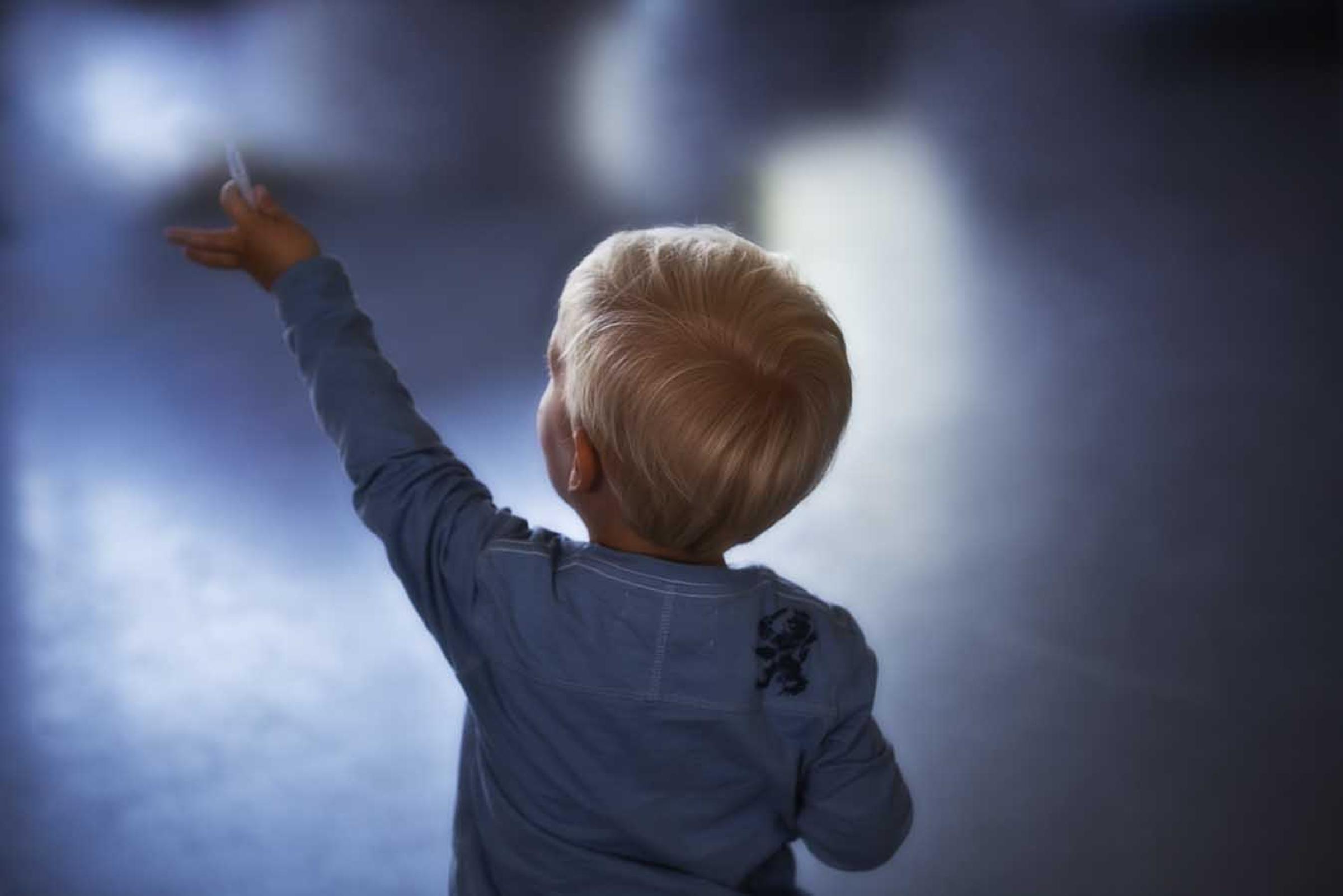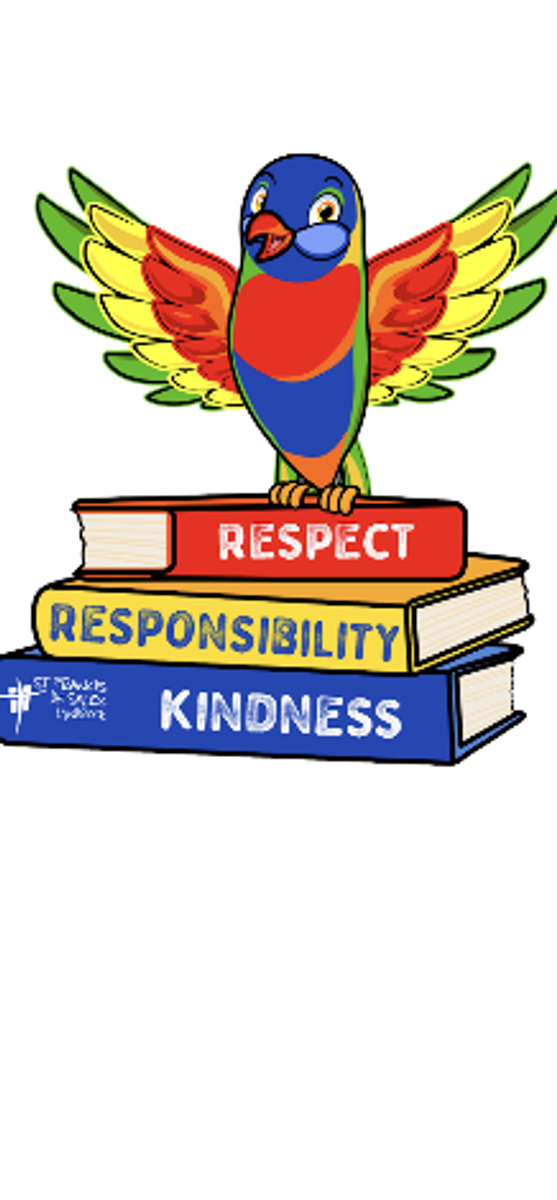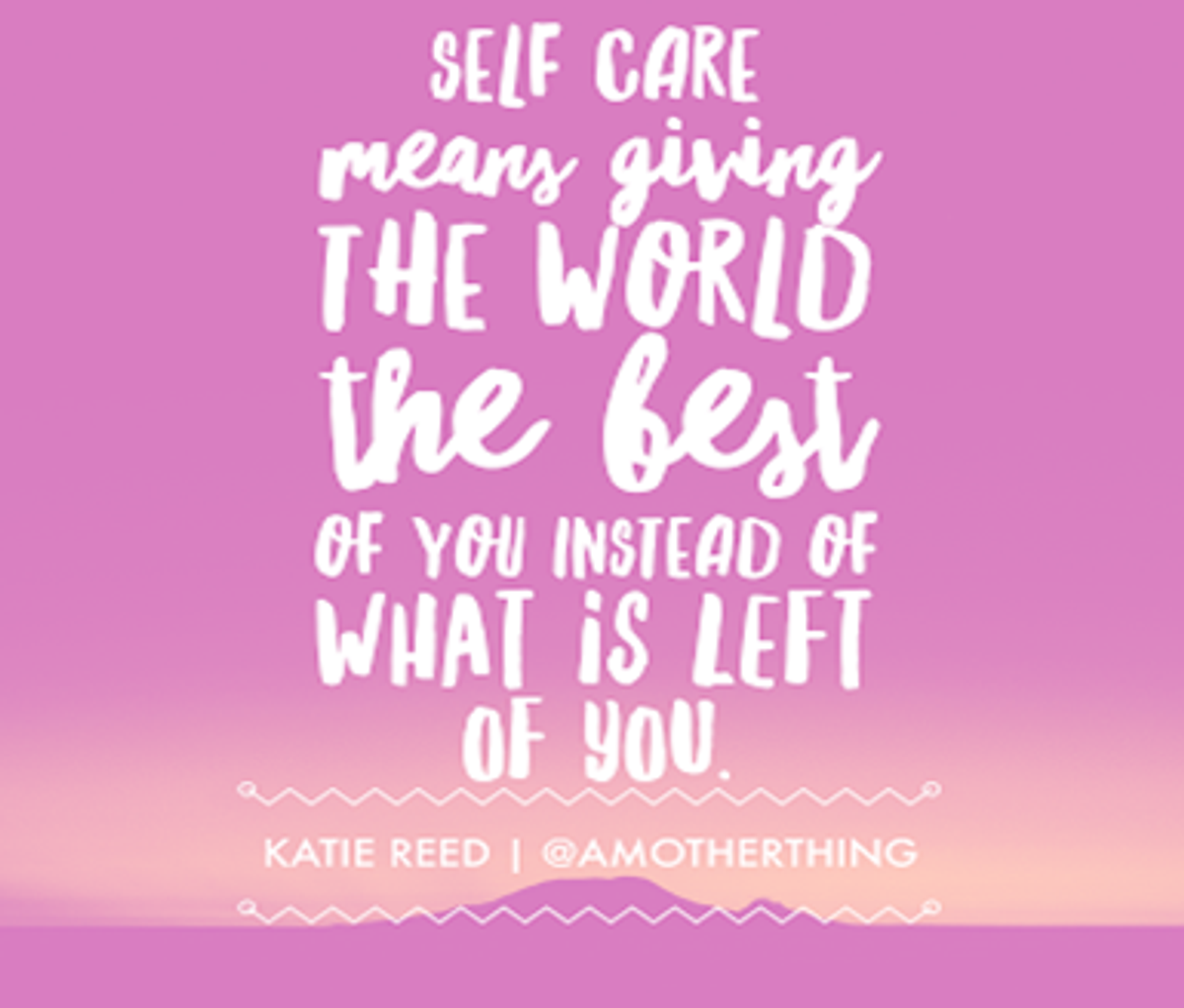Wellbeing

Positive Behaviours for Learning (PBL)
This term we are continuing to imbed Positive Behaviours for Learning (PBL) with the students and school community. PBL is a framework that we are using to teach the children about expected behaviours in different parts of the school.
The children will have a weekly social skills lesson on a Monday identifying a specific social skill we would like the children to learn and practice around our school expectations of
RESPECT
RESPONSIBILITY and
KINDNESS
This week we have continued to focus on the value of kindness, particularly what this looks like outside on the playground. The children have practiced what words they should use to show kindness to each other in the different areas of the playground.
Zones of Regulation
This year we have used the Zones of Regulation as a resource to help the students develop their self regulation skills. This links beautifully to the Personal and Social Capabilities which is part of the Victorian curriculum.
There are 4 zones of regulation or levels of alertness. The Blue zone is a low state of alertness used to describe when we are feeling sad, tired, sick or bored.
The Green zone is the ideal state of alertness when we may be happy, calm, focused or content.
The Yellow zone is a heightened state of alertness when we may be feeling stressed, anxious, silly or excited and there may be some loss of control over our emotions.
The Red zone is an extremely heightened state of alertness where we may be angry, panicked, extremely sad, very scared or elated. We will experience a loss of control over our emotions.
The following information was taken from The Zones of Regulation team that created the resource and has some helpful tips for parents to use the zones.
“At times we forget that tools for regulation are essential for adults too. December can prove to be a stressful month due to the holiday season, meeting end of year deadlines and wrapping up projects. We are happy to share a few self-care tools from the Zones team.
Stephen P.: “When I’m in the Red or Yellow Zone I find physical activity, like running, helps me shake off stress.”
Leah K: "When feeling overwhelmed in the Yellow with all that is swirling through my mind, making lists is a tool to help me manage the stress of the season."
Emily L.: “Doing slow yoga while the whole house is asleep helps me regulate my Blue Zone in the morning and feel more centered as I begin each busy day.”
Lisa R.: “I find myself in the Blue Zone during the darker, winter months, so doing 5-10 minutes of deep breathing helps energize me during those days.””
Work out what strategies work best for you and ask your children what helps them to calm down when they are in the yellow or red zone or what gives them energy when they are in the blue zone.
Here are some more ideas
Blue zone : Stretch, Rest, exercise, listen to music, talk it out, chair push ups, drink water
Green zone : Drink water, read, healthy eating, journal writing, gratitude, exercise, practice mindfulness, spend time in nature
Yellow Zone : Talk to someone, deep breathing, take a break, flexible thinking, size of the problem, fidget tools, chair push ups
Red zone : Talk to someone, listen to music, size of the problem, deep breathing, find a friend, count to 10, take a break/safe spot.
BeYou
BeYou is a resource for educators that helps promote mentally healthy school communities. This week’s fact sheet is all about building confidence in children. For more information visit beyou.edu.au
Building confidence in children
“Confident children are motivated to engage in more experiences, more able to build positive relationships, and become happier, successful adults.
How does confidence develop?
Babies are born curious They want to touch, see, hear and taste everything within their reach. Toddlers and preschoolers demonstrate their need to understand the world around them world by asking many ‘why’ questions. From their repeated experiences of seeing their actions affect their world and the people in it, young children begin to see themselves as capable and having control. This helps them to feel good about themselves and builds their self-confidence. When they begin school, children typically start out with high expectations. But when they see how they do things compared to others, their view of their own abilities often changes. They learn that they’re good at some things and not so good at others. They also see how other children and educators respond to what they do. These things influence their confidence in their abilities, and how willing they are to have a go in situations where they feel unsure.
What can educators do to help?
The way adults respond to children as they explore their place in the world is their template for solving many challenging and difficult problems later on. When significant adults nurture the natural curiosity of young children, and demonstrate patience and interest, it helps strengthen their sense of self. In primary school, children who are suddenly less sure of themselves may need extra support and encouragement to build a functional sense of confidence they can take with them into adolescence. Building children’s confidence helps them to try new things. It allows them to develop social and emotional learning skills and tackle new tasks – even when they might be daunting or completely new. There are many ways that you can support children’s developing confidence and sense of self.
Give regular encouragement and praise
Praise is most effective when you’re mindful of how and when you use it. When praising children, focus on their efforts and achievements. Praise that’s specific and acknowledges the processes of completing an activity or solving a problem helps develop children's learning and motivation. It teaches them what they’re doing well. For example, you might say, “You put away your toys so nicely”, “I noticed you were really trying hard at building that block tower” or “You've used so many bright colours in your painting.” Children can then use this learning when they have similar experiences in the future. Self-motivated children tend to stick at things for longer They feel a sense of control over what they’re doing and are more likely to take on new challenges. When children feel they can achieve their goals, they feel good about themselves, which benefits their confidence. Children’s curiosity and confidence can vary depending on what they’re doing and how they’re feeling. Like adults, they can be motivated to do some activities more than others. Sometimes children can be less motivated because they feel tired or unwell or because of their temperament or personal style. Motivation is complex and can be influenced by many factors.
Support children's motivation
- Provide an inviting and safe environment that can be explored in the presence of warm, caring and trusted adults.
- Scaffold children's learning and gradually reduce involvement over time.
- Ask children questions, talk them through activities, and praise their efforts. Remember, motivation doesn't always need to be facilitated by adults – children can be very good at motivating each other too.
Support self-esteem and optimism
Self-esteem is an important part of confidence. Having good self-esteem means children accepting and feeling positive about themselves. Confidence isn’t just an individual feeling good but also knowing they’re good at something.
Helpful ways for children and young people to think include:
- believing that if you try, you can succeed
- finding positive ways to cope with failure that encourage having another go
- enjoying learning for its own sake by competing with your own performance – not with others
- making sure that goals are achievable by breaking down large tasks or responsibilities into small steps
- knowing you can ask for help if you need it.
Confidence involves dealing well with disappointment
Everyone fails to achieve their goals sometimes – and this isn’t a bad thing. You can build children’s ability to deal with challenges when you:
- respond sympathetically and with encouragement
- help children focus on what they can change to make things better, instead of thinking that the situation is unchangeable or that there’s something wrong with them
- challenge “I can’t” thinking by showing and saying you believe in them and reminding them of what they’ve achieved.
Optimism recognises what has been achieved more than what’s lacking. It looks at the glass as half-full rather than half-empty. Adults can help children focus on their own effort and on achieving personal goals as the best way to measure success.
Support children’s confidence
Confidence improves through building on small successes. You support children when you:
- explain that skills develop with practice
- make sure that goals are achievable by breaking down large tasks or responsibilities into small steps
- scaffold their learning and help when necessary, without taking over
- encourage them to persist when they don’t succeed straightaway
- praise effort, persistence and individual improvement - focus on the child's effort rather than the outcome.
- acknowledge what they’ve done well and not so well
- arrange safe and interesting spaces where they’re free to explore and see the effects of their actions
- answer their questions appropriately – sometimes you won’t know the answer, and that’s OK
- ask them questions to help them solve problems and promote further learning
- help them experience that learning is fun.”
If you have any concerns for the wellbeing of your child, please do not hesitate to contact me.
Rachel Lenko
Student Wellbeing Leader



